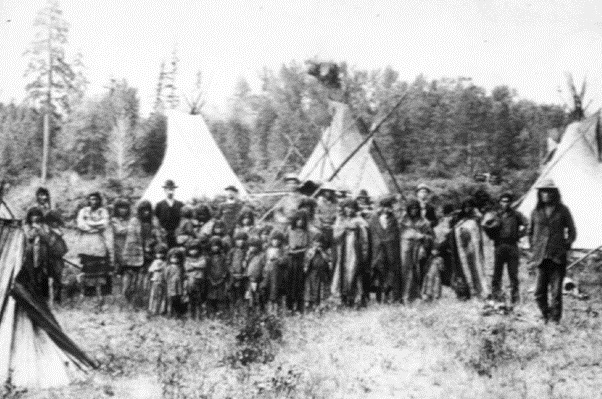
The Kootenai (also spelled Kutenai), whose homeland was in the area west of the Rocky Mountains in what is today western Montana, northern Idaho, and southeastern British Columbia, are generally divided into two groups: Upper Kootenai and Lower Kootenai, referring to their position on the drainage of the Kootenay River. The Upper Kootenai lived near the western face of the Rocky Mountains. The Kootenai had several politically independent bands. There was no political unity which tied all of the Kootenai bands together. Kootenai unity was linguistic, cultural, and emotional rather than political.
Among the Upper Kootenai, the War Chief represented the people in “foreign” affairs. For this reason, the Americans considered the War Chief to be the Head Chief. According to ethnographer H.H. Turney-High in his Ethnography of the Kutenai: “he had nothing to do with the real administration of the band. He did carry with him the love and respect of his people, and he was without doubt the most prestigeful personality in camp, but in everyday life everyone appreciated that the head chief’s contribution was slight.”
This chief was not formally chosen and there was no special regalia associated with the position. The War Chief was simply the warrior who had the strongest military medicine and all members of the band recognized this.
The Guide Chief among the Upper Kootenai was the person who knew most of the trails, the topography, and the geography of the band’s range. This chief was not selected on the basis of war honors, but rather on intelligence and experience. The Guide Chief selected the camp sites and laid them out. Since the Guide Chief knew the resources of the area well, it was his responsibility to direct subsistence activities.
The Lower Kootenai elected their chiefs. Chiefs needed to be strong in mind, body, skill, and spiritual power. Each band generally elected five chiefs: Band Chief, War Chief, Fish Chief, Deer Chief, and Duck Chief. The Band Chief had the greatest prestige. The War Chief, who was considered to be subordinate to the Band Chief, was a distinguished warrior. One of the responsibilities of the Fish Chief was to supervise the construction of the fishing weirs. The Deer Chief was responsible for leading the communal deer hunts.
The primary functions of the Lower Kootenai Band Chief were spiritual. Among other things, the Band Chief served as the Sun Dance Chief. To be elected as Band Chief, a person would first have a dream or vision in which the spirits would tell him that he was to become chief. The individual would inform council of this vision and would then have to be elected to the position by the council.
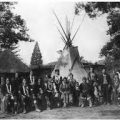
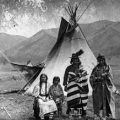
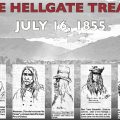
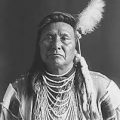
Leave a Reply